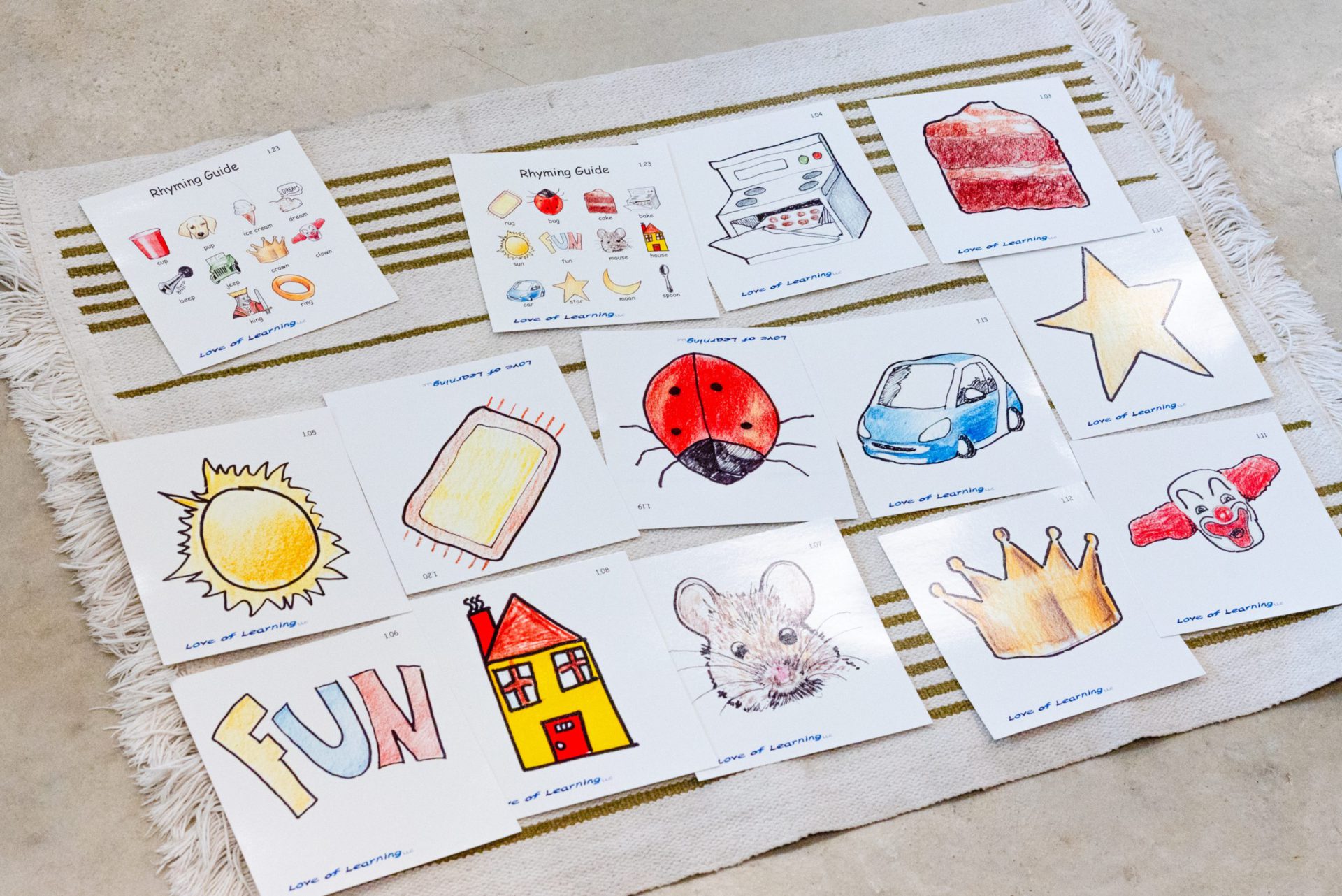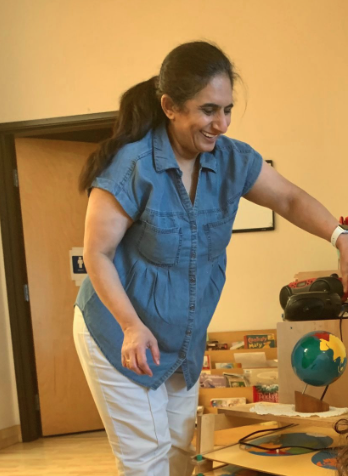
Who Was Maria Montessori?
Thousands are aware of Montessori schools due to their esteemed programs, but very few know exactly how they got their name. Surprisingly, these schools are named for a 19th century Italian born visionary named Maria Montessori. Her work in the field of education is still being widely utilized to this very day. She left two highly lucrative careers behind and even traveled into war torn nations just to spread her message of a new and improved education system. Famous advocates of hers include Alexander Graham Bell, inventor of the telephone, Thomas Edison, inventor of the light bulb, and Helen Keller who is world renowned herself for advocating for the improved education for those who have disabilities. So who was this incredible woman and how did her name come to be synonymous with a renowned Montessori education? Let’s explore her life in a bit more detail:
- What Was Her Life Like Before She Began The Schools?
- Why Did She Decide To Start The Schools?
- What Is So Special About A Montessori School?
- How Far Have Her Works Reached Across The Globe?
- How Many Students Has She Positively Impacted?
What Was Her Life Like Before She Began The Schools?
Maria Montessori is perhaps most well known for the modern schools that share her name, but her life prior to the creation of these academies is almost just as impressive. Coming from very humble beginnings, Montessori was born in Ancona, Italy back in 1870. It was discovered very early in the life of Maria that she was extremely bright and an exceptional student. This quickly put her on the path to medical school in her home country. At the age of 26, she graduated as the first female doctor in Italy and was quickly asked to speak at various conferences all over Europe. Then, in 1904 at the young age of only 37, Maria Montessori was given the title and distinction of being a professor in the anthropology department at the University of Rome. She did this all while maintaining her medical practice which is a highly accomplished feat in and of itself, but this wasn’t enough for an young Montessori that was eager to make a difference. She would only reside at this position for two more years before dropping everything in 1906 to begin the journey that would someday lead to what we know as a Montessori education.
Why Did She Decide To Start The Schools?
In Maria’s work as a physician and a professor of anthropology, she began to notice something about the way in which children learned. She noticed that perhaps more important than any other factor in the learning process was the environment in which the student learned. She found no correlation between tests and homework and excelling as a student so she sought to do away with them entirely. Instead, she opted to grow an environment that is extremely hands on and team oriented. She believed that when children make the connection between what they are learning about and what they are physically doing, there is much more of a chance that the information will stick in their minds.
What Is So Special About A Montessori School?
Perhaps the biggest driving force behind Maria’s learning techniques is explained by her quote that “children teach themselves”. This was her mindset because many of the out of the box ways that she began to teach her students came from her simply observing what the children were already doing when they were unsupervised by adults and then adapting these activities into an educational activity. Her first “Montessori School” was actually called “Children’s House” and was designed to educate roughly five dozen children of parents who were forced to work full time to make ends meat. Once she worked closely with all of these children and figured out that her hypothesis had been correct, the idea for how to operate these schools spread like wildfire.
How Far Have Her Works Reached Across The Globe?
While you may only know of the surrounding Montessori schools in your area, it is necessary to understand the impact Montessori has had on students reaches across the globe. In fact, Montessori didn’t even travel to the United States until 1913, a full 7 years after beginning this venture full time in Italy. It was here that she would meet with famous inventors, education advocates, and even the daughter of the current United States President. Throughout her tour of the United States in the early 20th century, she traveled the country seeking to train other teachers to do exactly what she has done back in Europe. This way, by adopting her techniques, even more children could reap the benefits. Her travels had taken her to some incredible places across the globe, all of which were left better suited to educate their nation’s children than before she arrived. These nations include but are not limited to:
- Italy
- Germany
- Spain
- The United States
- The Netherlands
- Great Britain
- India
Around the time that her schools were beginning to gain popularity, World War I had just ended and the Spanish Civil War was in full swing. While no one would have blamed her for leaving Europe altogether, Montessori felt that it was her civic duty to continue the fight for a better education to be had by all. Had this amazing woman not been so willing to traverse the globe, her incredible methodologies may have never left her hometown in Italy.
How Many Students Has She Positively Impacted?
Currently, there are more than 4,500 Montessori schools across the United States. In addition to this, another 15,500 schools are estimated to be established all across the globe. While there is no way to know exactly how many students have benefited from these non mainstream learning techniques, this can give us a rough idea. Contrary to some modern ideas on class sizes, Maria was a big proponent for class sizes of greater than 30 children. Her thought was that by being exposed to more kids around their age, they can better express themselves and be more open to learning new topics. Assuming grades 1 through 6 each have the ideal 30 children, it can be estimated that more than three and a half million students are positively influenced by a Montessori program every year.
The legacy of Maria Montessori will live on for decades to comes through the schools that share her name. Her willingness to drop everything and leave behind a lucrative career as both a college processor and a physician shows her unselfish nature and want to make the world a better place by better educating the next generation. Many notable names such as the founders of Google and Amazon attribute much of their success to their Montessori education. Thousands of children will continue to have a better life because of her work. The education sector always seems to be full of unknowns, but if it moves in the direction began by Maria Montessori, we can all rest assured that it is headed in the right direction.
Learn more:
How to Choose a Child Care Center
Why Movement is Important for Infant and Toddler Classroom Learning

Executive Director at American Montessori Campus
I have a life long passion of teaching kids. I received my Montessori certification in 1996 from American Montessori Society. We started AMC in 2007 and have grown to be the premier Montessori in Plano, Texas.